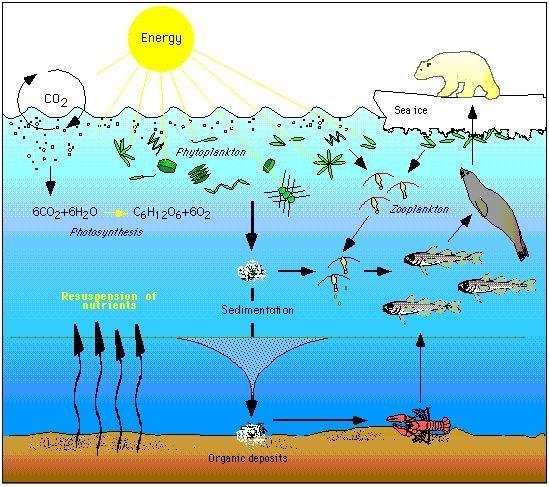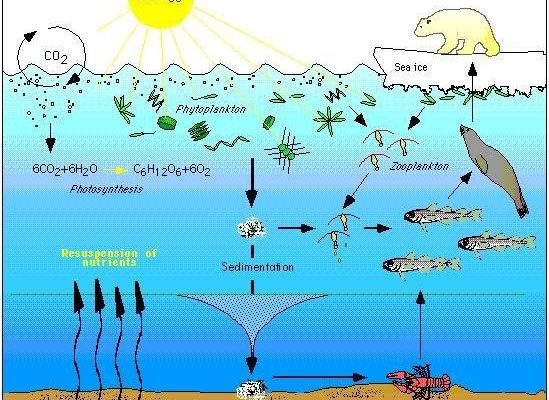
Climate change isn’t just some abstract problem for the future. It’s here now, impacting various species and food chains. Swordfish, like many marine animals, rely on specific environmental conditions to thrive. Warmer waters, changing currents, and shifting prey availability can really mess with their survival. Let’s dive deeper into how climate change is specifically impacting these incredible fish.
1. Warmer Oceans and Swordfish Habitat
Warmer ocean temperatures are a significant concern for swordfish. These fish prefer temperatures between 18°C and 27°C (64°F to 81°F). As global temperatures rise, regions that were once ideal habitat for swordfish are becoming too hot. They might start to migrate towards cooler waters, which could take them away from traditional fishing grounds.
Imagine trying to enjoy a picnic on a sunny day, but suddenly the sun becomes too scorching to handle. You’d likely seek shade or move to a cooler area. That’s similar to what swordfish do—they’ll move to different depths or areas of the ocean to escape the heat. But here’s the problem: if their preferred habitats shift too far, they may struggle to find enough food or even breeding partners.
2. Impact on Swordfish Migration Patterns
Swordfish are known for their long migrations across the ocean. They travel significant distances in search of food and ideal spawning grounds. However, climate change is altering the currents in the ocean, which affects these migratory routes.
Have you ever taken a road trip and found that the usual route you take is blocked? You might have to find a longer, less familiar path. That’s what swordfish might have to do. With changing ocean currents, they could find themselves in unfamiliar waters, making it tougher to hunt and find mates.
This disruption can lead to decreased populations in certain areas as fish struggle to adapt to new locales. Less swordfish means more strain on the fishing industry, which relies heavily on this species for both commercial and recreational fishing.
3. Changes in Prey Availability
Swordfish are top predators that feed on squid, fish, and other marine creatures. However, as the climate changes, the entire food web is affected. Warmer waters can lead to shifts in the distribution of their prey, meaning that swordfish might not have easy access to the food they need to survive.
Think of it like a restaurant menu suddenly changing overnight. If your favorite dish isn’t available anymore, you might have to settle for something you don’t like as much. It’s the same for swordfish; if they can’t find their usual meals, they may end up undernourished or unable to reproduce effectively.
In some cases, even the timing of prey availability might shift. For instance, if squid spawn earlier due to warmer waters, swordfish might miss out on this crucial food source. This mismatch can lead to serious consequences for swordfish populations.
4. Ocean Acidification and Its Effects
This might sound a bit surprising, but one of the hidden threats of climate change is ocean acidification. As the atmosphere warms, oceans absorb more CO2, which makes the water more acidic. This change can have a devastating impact on many marine species, including the small organisms that form the base of the food web.
For swordfish, the effects are twofold. First, if their prey is struggling to survive in more acidic waters, swordfish will have less to eat. Second, acidification can also impact the overall health of marine ecosystems. Healthy ecosystems are crucial for maintaining fish populations, including swordfish.
When you think about the intricate web of life in the ocean, you can see that a small change can create a ripple effect, leading to far-reaching consequences for swordfish and countless other species.
5. Overfishing and Climate Change Together
It’s important to note that climate change is not the only threat to swordfish; overfishing plays a significant role as well. When you combine these two issues, the situation becomes even more dire. As swordfish populations decline due to fishing pressures, their ability to adapt to changing climate conditions becomes even harder.
Imagine running a race while carrying a heavy backpack. That’s what swordfish are facing—they already deal with the stress of being overfished, and now they’re expected to cope with changing habitats and food sources. This double burden can lead to further population declines, making recovery even more challenging.
To help swordfish, sustainable fishing practices must be part of the solution. By reducing overfishing and protecting critical habitats, we can give swordfish a better chance to survive in a changing world.
6. Conservation Efforts and Future Outlook
So, what can we do about all these challenges facing swordfish? The good news is that various organizations and governments are working hard to protect these amazing fish. Conservation efforts focus on sustainable fishing practices, protecting habitats, and raising awareness about the impacts of climate change.
Efforts such as establishing marine protected areas (MPAs) can help swordfish populations recover by providing safe breeding grounds and preserving habitats. Sustainable fishing regulations can also ensure that we’re not taking too many swordfish out of the ocean, allowing populations to replenish.
Here’s the thing: individual actions matter too. You can support sustainable seafood choices, advocate for policies that protect marine ecosystems, and raise awareness in your community about the impacts of climate change on ocean life.
7. The Role of Technology in Monitoring Swordfish Populations
Advancements in technology are also playing a significant role in understanding and protecting swordfish populations. Scientists are using satellite tracking and genetic studies to learn more about their migration patterns and breeding habits. This information helps inform conservation strategies and fishing regulations.
Imagine if you could keep tabs on your favorite sports team’s performance in real-time. That’s similar to what scientists are doing with swordfish. By learning more about their habits and habitats, we can develop better strategies to help them survive.
By integrating technology with conservation efforts, we can create a more informed and proactive approach to protecting swordfish in the face of climate change.
8. Closing Thoughts: Protecting Swordfish for Future Generations
In summary, climate change poses serious challenges to swordfish. Warmer oceans, altered migration patterns, changes in prey availability, and ocean acidification all threaten their survival. When combined with overfishing, the situation becomes even more precarious.
However, through conservation efforts and a commitment to sustainable practices, there’s still hope. Protecting swordfish is crucial—not just for their survival but for the health of our oceans as a whole. They are a key part of the marine ecosystem, and their fate is interlinked with ours.
As we continue to face the impacts of climate change, let’s remember the swordfish and advocate for their future. By working together, we can help ensure that these magnificent creatures swim in our oceans for generations to come.

